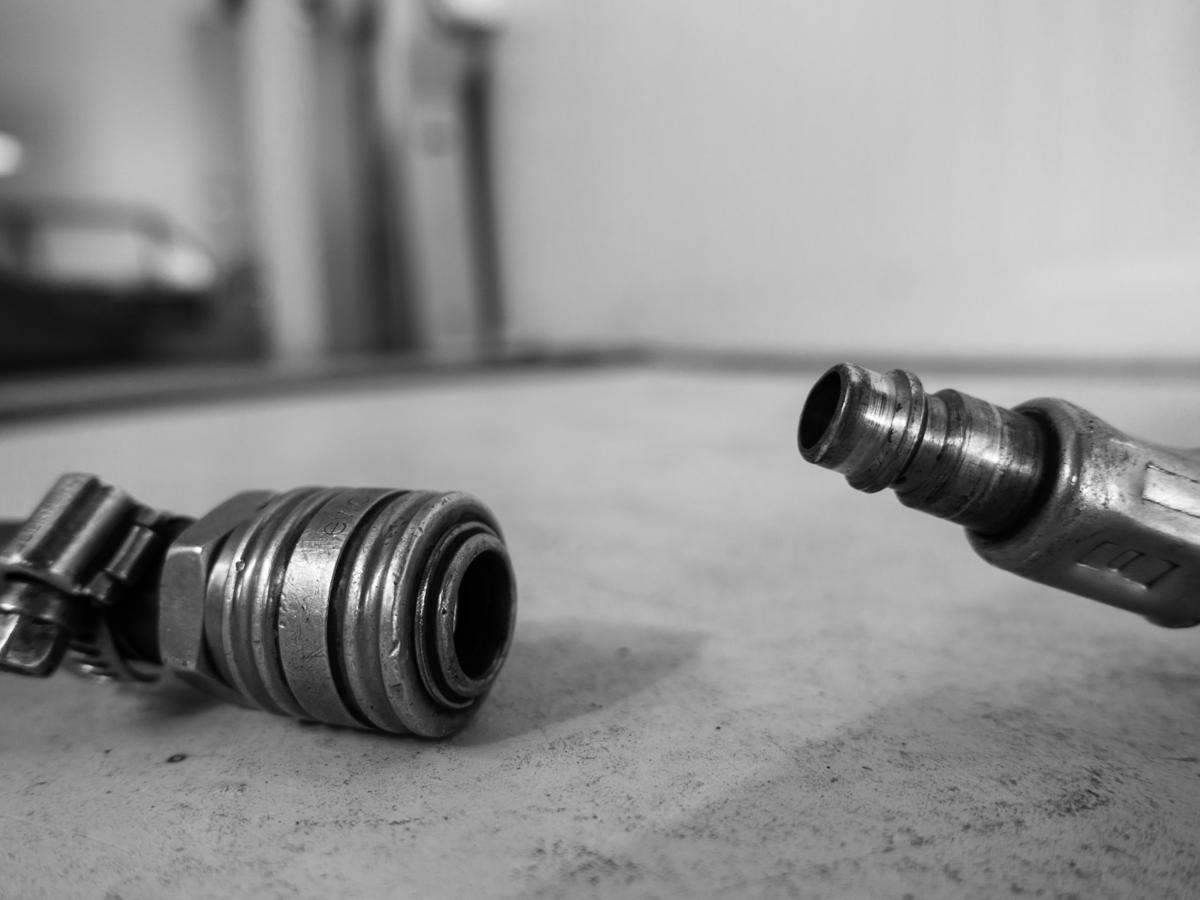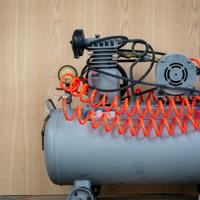Whether you’re a seasoned professional or a DIY enthusiast, choosing the right air hose is crucial for optimizing the performance of your pneumatic tools. A good air hose can make all the difference in achieving precision and efficiency in your projects. This guide will walk you through the essential aspects you should consider and highlight some examples to help you make an informed choice.
Materials Matter
Rubber
Rubber air hoses are known for their flexibility and durability, making them a popular choice for many pneumatic tool users. They perform well in a wide range of temperatures and are less prone to kinking compared to other materials. However, rubber hoses are often heavier and may leave marks on surfaces.
PVC
PVC hoses are lighter and more affordable than rubber hoses. They are ideal for lighter tasks and environments where heavy-duty durability is not a primary concern. Unfortunately, they can be stiffer, especially in cold temperatures, which can limit flexibility in various working conditions.
Hybrid
For those seeking a balance between rubber and PVC, hybrid hoses offer a compelling solution. These hoses are constructed from a blend of materials, providing flexibility and reduced weight. Hybrid hoses often perform well in diverse climates and are less likely to kink, making them suitable for a range of applications.
Choosing the Right Diameter
The diameter of an air hose greatly affects the airflow and, ultimately, the performance of your tools. Common diameters include 1/4 inch, 3/8 inch, and 1/2 inch.
-
1/4 Inch: Ideal for smaller, low-demand Air Tools that do not require a high volume of airflow.
-
3/8 Inch: Balances airflow and maneuverability, making it a versatile option for many home and professional users.
-
1/2 Inch: Provides the highest airflow and is suited for powerful, high-demand tools, but can be heavier and less flexible.
Length Considerations
The length of your hose impacts both flexibility and efficiency. Longer hoses allow for greater reach but can lead to pressure loss, which might affect tool performance. For those with a compact workspace, a shorter hose may be more convenient and manageable. Opt for a length that provides flexibility without compromising the pressure requirements of your tools. For more information on selecting the right hose, see our guide on choosing the right air hose reel.
Pressure Capacity and Fittings
Ensure that your hose is rated for the highest pressure your tools and compressor can achieve. This consideration helps prevent leaks and bursts, promoting safety. Additionally, inspect the fittings of the hose. High-quality brass or stainless steel fittings are often more durable than plastic ones and provide a better seal.
Recommended Options
-
Flexzilla Air Hose - Known for its extreme flexibility and kink-resistant qualities, the Flexzilla is a hybrid hose favorite. Its ability to remain flexible across various temperatures makes it a reliable choice.
-
Burhose Rubber Hose - Offers robust construction and excellent durability. It’s well-suited for heavy-duty use, although it might be heavier than other options.
-
TEKTON PVC Air Hose - Lightweight and budget-friendly, this hose is excellent for basic tasks around the home. It provides decent flexibility and is a good entry-level choice.
For more about the science behind air hose materials and how they impact performance, Air Hose Expert offers an informative overview: source.
In choosing the right air hose for your tools, consider the material, diameter, length, and fittings to meet your specific needs. With these elements in mind, you’re well on your way to making an informed, practical choice for your pneumatic projects.




